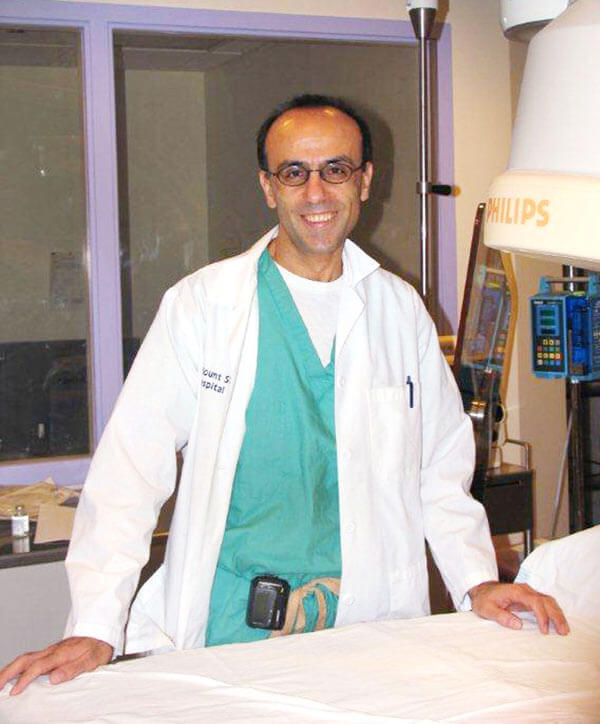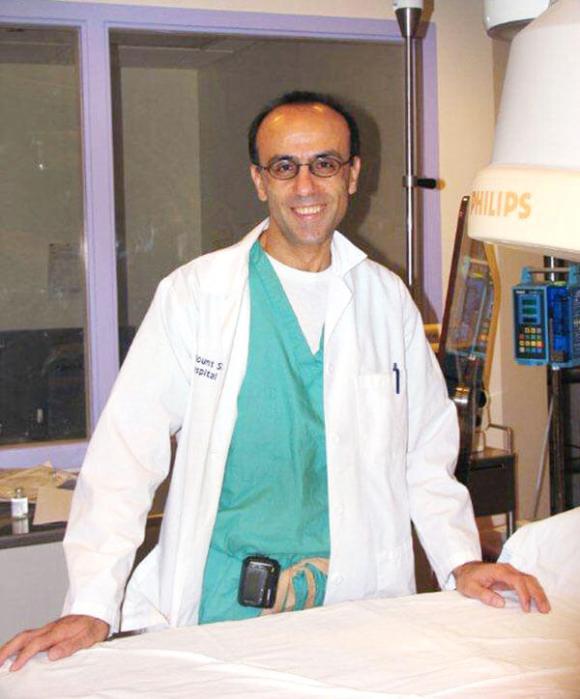By Karen Frantz
Elmhurst Hospital was named the safest hospital in the borough for angioplasty, a cardiac intervention procedure in which a catheter is used to clear blocked arteries in the heart, a state Department of Health report found.
“Elmhurst Hospital Center takes pride in providing this excellent quality of care to the residents of Queens,” the hospital’s executive director, Chris Constantino, said.
The report followed patients discharged from city hospitals between 2008 and 2010 and found that Elmhurst Hospital patients who received angioplasties had a risk-adjusted mortality rate that was half that of other borough hospitals. They also fared better than patients in most Manhattan hospitals.
Angioplasty involves inserting a catheter into an artery and guiding it to the heart so blockages can be removed. A stent may also be placed to keep the blood vessel open. There are 59 cardiac labs that perform the procedure in the state.
Dr. Mazullah Kamran, director of the Elmhurst Cardiac Catheterization Lab, credited the hospital’s good performance on a solid team of medical professionals.
“We’ve been doing this for quite some time,” he said. “Everybody knows their job, everybody knows what they’re supposed to do, so we do everything seamlessly.”
The hospital is also one of the few in the country that conducts angioplasty by inserting catheters into an artery in the wrist rather than through an artery in the groin, the more common approach.
The hospital began using the radial artery in angioplasty procedures about two to three years ago, so the DOH data may not take into account the hospital’s use of the new technique. But Dr. Kamran said using the radial artery in the wrist is more comfortable for the patient and results in fewer complications and a speedier recovery time.
He said patients who have the procedure through the radial artery are able to move around much more than patients who undergo angioplasty through the artery in the groin, who are essentially bedridden during the operation.
“It’s a huge advantage for patients in terms of comfort and mobility,” he said.
Elmhurst uses the radial artery for about 80 percent of all angioplasty procedures.
The technique is more common in Europe than in the Unites States, where only about 5 percent of all hospitals use the radial artery in angioplasty procedures.
Kamran said using the radial artery is more time demanding, which is why it has not been in favor in the United States.
But he added that New York is leading the way in switching over to the technique.
“There’s definitely an interest from the doctors here to pick it up,” he said.
Reach reporter Karen Frantz by e-mail at kfrantz@cnglocal.com or by phone at 718-260-4538.

































